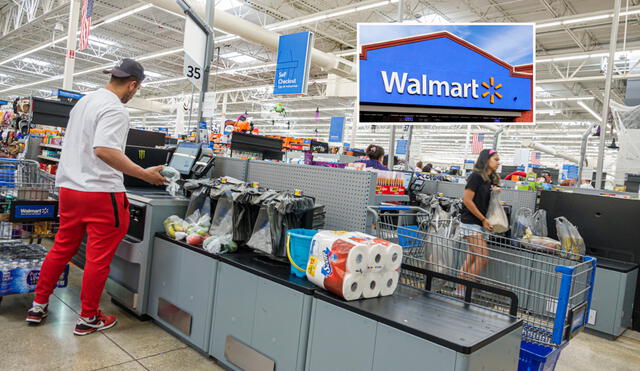Walmart's self-checkout overhaul: Balancing efficiency and customer satisfaction amid rising challenges
Walmart is re-evaluating its self-checkout strategy amid rising customer dissatisfaction and theft concerns, opting to remove kiosks in select stores to enhance personalized service.

In recent years, Walmart has increasingly adopted self-checkout systems to enhance shopping efficiency. However, this shift has led to a surge in customer dissatisfaction, with many expressing frustrations over long lines, malfunctioning machines, and a perceived decline in personalized service. These issues have prompted the retail giant to reassess its approach to self-service technology.
Reports indicate that Walmart is removing self-checkout kiosks from select locations, including stores in Missouri and Ohio, in response to customer feedback and concerns over rising theft incidents. This move reflects a broader trend among retailers re-evaluating the balance between automation and human interaction to maintain customer satisfaction and operational efficiency.

Facing theft issues, Target, Walmart and Dollar General reduce access to self-checkout. Photo: Groupe Mind.

ALSO SEE: Walmart issues multiple food recalls—See the full list of affected items from the past month
Customer frustrations with self-checkout systems
Many shoppers have reported negative experiences with self-checkout systems, citing issues such as:
- Long wait times: Customers often encounter extended lines due to machine errors or the need for employee assistance.
- Limited payment options: Some self-checkout stations do not accept cash or certain contactless payments, causing inconvenience.
- Lack of human assistance: The absence of staffed registers leaves customers without immediate help, leading to frustration.
These challenges have led some shoppers to leave their purchases or consider shopping elsewhere, highlighting the importance of addressing these concerns to retain customer loyalty. Some say Walmart is just adapting to shoplifting concerns with its checkout policy, with theft increasing in many stores.
But others argue that locking up essentials and removing cashiers is making shopping more annoying. Even the National Retail Federation, which previously claimed retail theft was costing billions, had to withdraw its report after some findings were disputed.
Retailers reassess self-checkout strategies
In response to these issues, several major retailers are adjusting their self-checkout policies:
- Target: Implemented a 10-item limit at self-checkout lanes to reduce wait times and improve efficiency.
- Dollar general: Reduced or removed self-checkout machines in stores with high theft rates, opting to increase staffing instead.
- Walmart: In addition to removing self-checkout kiosks in certain locations, the company is exploring a return to more personalized, associate-staffed checkout experiences.
These adjustments aim to strike a balance between leveraging technology for efficiency and providing the human interaction that many customers still value. As retailers like Walmart navigate the complexities of modernizing the shopping experience, it is crucial to consider customer preferences and feedback.
While self-checkout technology offers convenience, it must be implemented in a way that does not compromise customer satisfaction. By reintroducing staffed checkout lanes and refining self-checkout processes, retailers can work towards creating a shopping environment that meets diverse customer needs and expectations.











